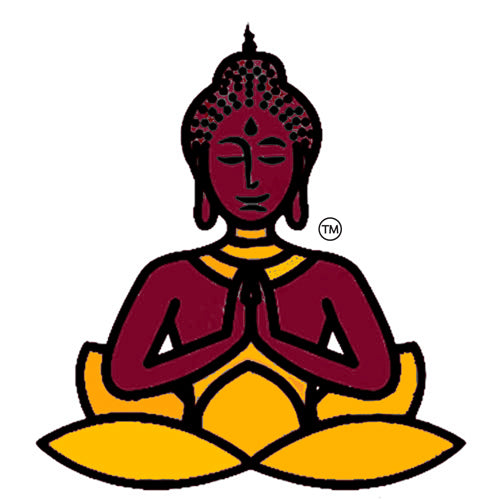what is a Kartika and how is it used in Buddhism
Teilen
A Kartika, also known as a "ritual knife" or "drigug" in Tibetan, is a small, crescent-shaped, hand-held blade commonly used in Tibetan Buddhism. It has a distinctive hooked shape and a symbolic significance rather than a practical one. Here are its main characteristics and uses:

Characteristics:
- Shape: The blade of the Kartika is crescent-shaped, resembling a small sickle or cleaver, with a sharp inner edge. It often has an elaborate handle, sometimes decorated with carvings of deities or symbols.
- Symbolism: The Kartika represents the cutting away of ignorance, ego, and all material and spiritual obstacles. It is associated with the wrathful manifestations of enlightened deities who use it to sever attachments and delusions.
Usage in Buddhism:
- Ritual Object: The Kartika is primarily used in various Tantric rituals. It is not used as a weapon or tool for cutting in the conventional sense but is instead a symbolic object.
- Symbol of Transformation: In rituals, it symbolizes the transformation of negative qualities such as greed, hatred, and delusion into positive spiritual qualities like compassion, wisdom, and clarity.
- Chöd Practice: In the Chöd practice of Tibetan Buddhism, a Kartika is sometimes used to symbolize the cutting of the practitioner's attachment to the self and the ego. It represents the practitioner's willingness to offer their own body as food to demonic forces, which is a metaphorical way of cutting through ego-clinging and fears.
- Deity Representation: Some wrathful deities are depicted holding a Kartika in their right hand, signifying their power to cut through spiritual obstacles.
Overall, the Kartika is a powerful symbol in Tibetan Buddhism, embodying the swift and decisive cutting away of negative qualities and the transformative power of Buddhist practice
